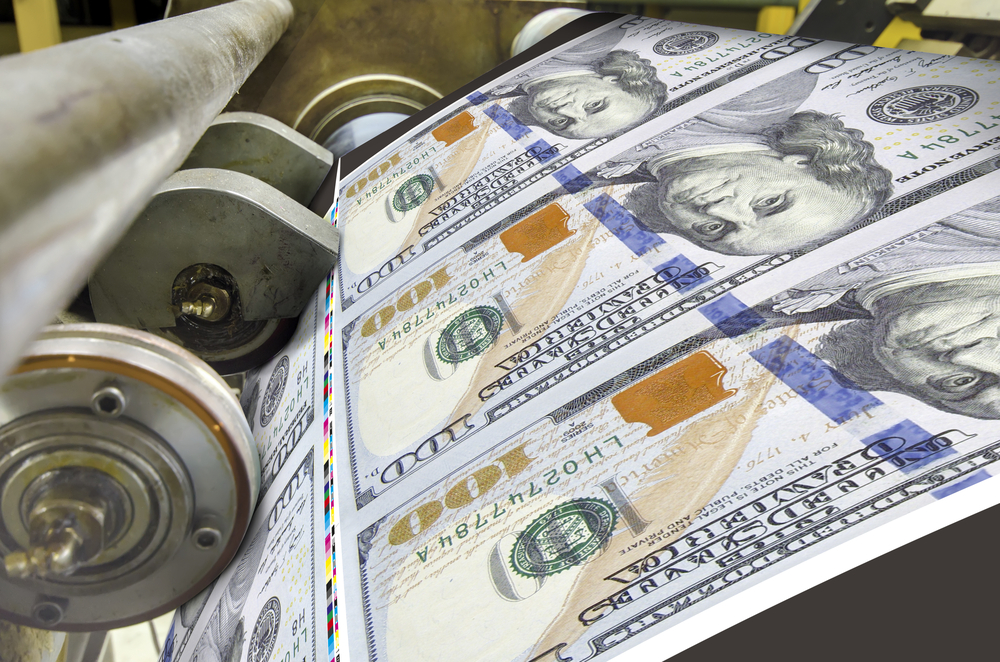
The US dollar saw a flood of orders on Friday as geopolitical tensions rippled across currency markets.
Sterling ended Friday at a five-week low against the euro, pairing those losses with a fall of over a cent to the US dollar after news of Israeli strikes on Iranian nuclear facilities rocked currency markets.
Investors flocked towards safe-haven assets, supporting not just the US dollar but also the price of oil and gold. News of another spiraling conflict dented fragile morale and arrived just in time to pose a fresh threat on the global economy’s rocky road to recovery.
After weathering a packed schedule last time out – which included the government’s spending review – the UK will report inflation data on Wednesday before the Bank of England take centre stage the following day. Markets are expecting policymakers to leave rates unchanged at 4.25%, but last week’s rather worrying jobs report might have changed some minds on Threadneedle Street.
There was a big jump in American consumer sentiment this month, according to the University of Michigan’s latest study. After falling to near-record lows of 52.2 in April and May, the score surged ahead to 60.5 in June. The first rise in the score in almost six months was driven by improved assessments of both current conditions and future economic prospects.
Chinese retail sales growth jumped from 5.1% to 6.4% in May. Industrial production output for the world’s second largest economy meanwhile came in largely in line with forecasts but below April’s figures.
For the time being, currency markets – and the entire financial system, for that matter – are likely to be significantly affected by developments in the Middle East. Risk appetite will surely be low until temperatures come down, but it is unclear exactly how the next stage in the conflict will unfold.
Central banks in the UK, the USA and Japan will also be in focus alongside their respective interest rate decisions. Meanwhile, economists are predicting that UK inflation stayed stubbornly high last month after April’s eye-catching surge.
Other key events include British and American retail sales figures as well as the ZEW economic sentiment index for Germany.
Make sure any upcoming transactions are protected against the risks of sudden market movements. Secure a fixed exchange rate now with a forward contract; call your account manager on 020 3918 7255 to get started.
GBP: More risks on the way
UK economic developments came thick and fast last time out, little of which proved to be good news for the pound. As is so often the case, the next patch of volatility could arrive soon, with the Bank of England set to announce its next interest rate decision on Thursday amid rising joblessness and weak growth.
GBP/USD: the past year
EUR: A fading rally
Last week was a tale of two halves for the euro. A blistering mid-week performance gave way to losses against its rivals on Thursday and Friday, driven by softening economic data and poor sentiment.
GBP/EUR: the past year
USD: The draw of safe harbour
Recent months have seen a reappraisal of the US dollar’s safe-haven status. But the prospect of a Israel-Iran conflict proved old habits die hard. The US dollar advanced by over a cent against the pound and euro on Friday, although both of those European currencies bounced off their lows.
EUR/USD: the past year
For more on currencies and currency risk management strategies, please get in touch with your Smart Currency Business account manager on 020 7898 0500 or your Private Client Account Manager on 020 7898 0541.

 020 7898 0500
020 7898 0500